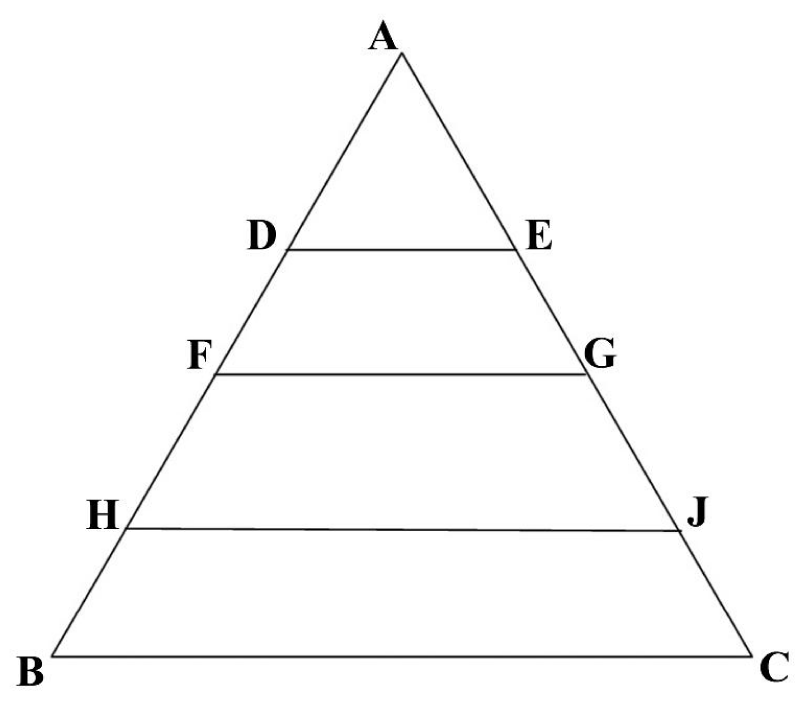Annals of Mathematics and Physics
On the shape and fate of our Universe
S Kalimuthu*
Cite this as
Kalimuthu S (2022) On the shape and fate of our Universe. Ann Math Phys 5(1): 011-012. DOI: 10.17352/amp.000034Copyright Licence
© 2022 Kalimuthu S. This is an open-access article distributed under the terms of the Creative Commons Attribution License, which permits unrestricted use, distribution, and reproduction in any medium, provided the original author and source are credited.Einstein’s special and general theories of relativity revolutionized physics and cosmology. Newton assumed four identities namely mass, energy, space, and time. He told that space is absolute. Einstein modified and refined Newtonian concepts s by postulating that mass-energy and space-time. This enabled Einstein to find special relativity theory which predicted the variance of mass with velocity, the equivalent of mass and energy, time dilation, and length contraction. The extension and generalization of special relativity theory is the outcome of general relativity theory which is the geometrical interpretation of gravity. Almost all the predictions of Einstein’s general relativity theory have been experimentally verified. By delving into the equations of general relativity, the famous Russian mathematician Alexander Freedman found that the geometry of our Universe has only three possibilities, namely, open, closed, and flat. Freedman’s publication in the 1920s paved the way to study the geometry and fate of our Universe. Recently, NASA’s WMAP spacecraft and ESA’s Planck probes and observations revealed that the geometry of our Universe is flat with a marginal error of 0.04%. But to this day, there is no mathematical proof for these observations. In this short work, by applying the multiplication and division laws of number theory to cosmic triangles the author attempts to show that the shape/geometry of our Universe is FLAT.
MSC: 51M04.
Given
Let us assume that the sum of the interior angles of cosmic triangles ADE, AFG, AHJ, and ABC are x, y, m, and m respectively. (1)
All these cosmic triangles are similar. i.e sides, AD = AE, AF= AG, AH – AJ and AB = AC (2)
So, consequently, we get that angles ADE = AED, AFG – AGF, AHJ – AJH, and ABC= ACB
Since the lateral sides are equal, the base angles are also equal. Angle BAC is common to all cosmic triangles Figure 1.
Result
Let us assume that, xy = a (3)
yz = b (4)
zm = c (5)
Dividing (3) by (4), x / z = a / b (6)
Dividing (4) by (5), y/ m = b/ c (7)
Dividing (6) by (7), xm/ yz = a/ c (8)
Cross multiplying, xmc = yza (9)
Applying (3) in RHS, xmc = yz.xy
i.e mc = y2z
Assuming (5) in LHS, m.zm = y2z
i.e m = y (10)
Comparing (10) and (1) we get that the sum of the interior angles of cosmic triangles AFG and ABC are equal.
The summit angle BAC and FAG are common to both the cosmic triangles AFG and ABC are equal.
So, since the base angles of isosceles triangles are equal, we get that the angles AFG, AGD, ABC, and AC B are equal.
This establishes that cosmic triangles AFG and ABC are similar. Consequently, we obtain that the sum of these two each cosmic triangles ABC and AFG is equal to 180m degrees.
From this, we have proved that the shape of our Universe is exactly flat.
Discussion
The geometry of the Universe reveals whether the Universe is finite or infinite. The curvature of the Universe determines the geometry of the Universe. The flat Universe has zero curvature, the positive curvature reveals that the Universe is closed or positive, and the negative curvature confirms that the shape of our Universe is open. In other words, the zero, positive and open curvatures of the universe establish that the shape of the Universe is Euclidean, elliptic, and hyperbolic respectively. This implies that the sum of the interior angles drawn in Euclidean, elliptic and hyperbolic spaces is equal to 180 degrees, more than 180 degrees, and less than 180 degrees respectively. Since we have shown that the sum of the interior angles of the cosmic triangles is equal to 180 degrees, the Universe is FLAT. The author has published eight articles on this topic [1–8]. Each work used different approaches. This result has been found by assuming the product and division rules of number theory and algebra. The author’s finding is only the beginning of the game. We have to find the topology of the Universe which will show the hidden mysteries of our Universe.
- Link: https://bit.ly/3wCrxyq
- Link: https://bit.ly/37QhF9X
- Link: https://bit.ly/3JAq8Mz
- Link: https://bit.ly/3JBzsQr
- Link: https://bit.ly/3NhHCj2
- (2021) Academia Arena. 13. Link: https://bit.ly/3Iugdqw
- S Kalimuthu (2020) On freedman equation and the shape of our universe. Ann Math Phys 30-31. Link: https://bit.ly/36HIs7I
- S Kalimuthu (2021) On Friedman equation, quadratic laws and the geometry of our universe. Int J Phys Res Appl 48-50. Link: https://bit.ly/3IAAjze
Article Alerts
Subscribe to our articles alerts and stay tuned.
 This work is licensed under a Creative Commons Attribution 4.0 International License.
This work is licensed under a Creative Commons Attribution 4.0 International License.
 Help ?
Help ?

PTZ: We're glad you're here. Please click "create a new query" if you are a new visitor to our website and need further information from us.
If you are already a member of our network and need to keep track of any developments regarding a question you have already submitted, click "take me to my Query."


 Save to Mendeley
Save to Mendeley